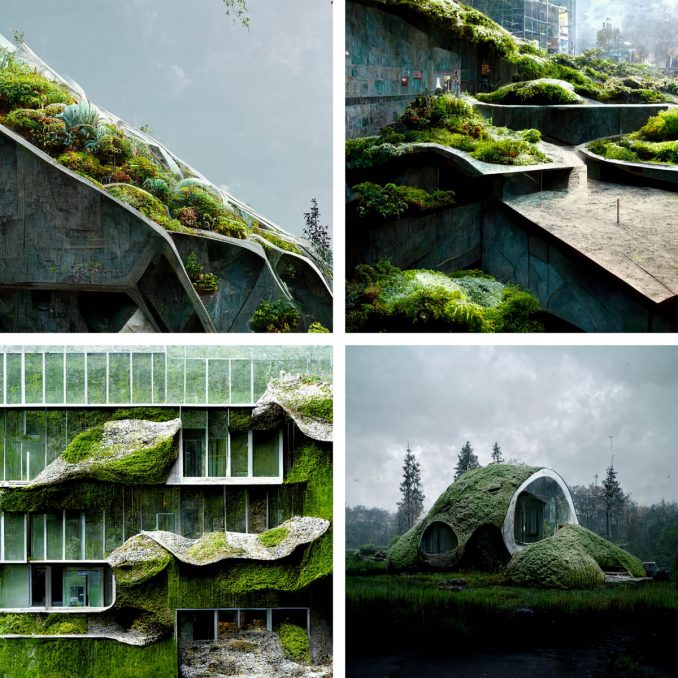
Kevin Sullivan is a Design Director at dwg., specializing in three-dimensional spatial modeling and the exploration of technology within the design process. Holding a Bachelor of Science in Biochemistry in addition to a Master in Landscape Architecture, his design practice is informed by a strong foundation in the sciences. His expertise ranges from 3D form-making to developing novel workflows that leverage complex datasets and improve collaboration. From dynamic shade structures and sinuous seat walls to whimsical art installations, Kevin’s exploration of modeling and fabrication highlights the potential of custom elements to define the unique character of outdoor space.

WLA: Why did you become a landscape architect?
KS: I was always drawn to design and engineering. I studied biochemistry as an undergraduate student, but after graduating I pivoted to the design field. I saw landscape architecture as a potential intersection of science and design. During my graduate studies in landscape architecture, I started focusing on 3D modeling and the incorporation of digital tools in the design process. Although I don’t directly utilize my knowledge from chemistry often, I feel that a foundation in empirical sciences provides a valuable contrast to design, as well as an analytical approach to problem solving.

WLA: How can landscape architecture academia and the profession better collaborate together?
KS: As professionals I feel we should view interactions with student work not always as an opportunity to impart wisdom from the “real world,” but actually see the work on its own merit. It can be quite conceptually rich, sometimes more than typical projects in practice allow for. Currently, I teach Undergraduate Architecture Design Studios at The University of Texas at Austin. I think academia provides freedom in exploration and focuses on expanding process, which we usually don’t have the luxury of in professional practice. Recently I have been interested in working with AI diffusion models like Midjourney and Stable Diffusion to see how our discipline can leverage and incorporate these technologies for quick, iterative visualizations. An academic studio is a great place to explore new processes like this, as it accelerates the development of a student’s design sensibilities, while at the same time challenges the status quo.

WLA: What is the future of landscape architecture?
KS: That’s a big question. All that I can pretend to have a vision for is through a technological lens, where it seems as though we are continuously witnessing potential paradigm shifts. GPU-driven innovation in computational technologies, fueled by gaming and other sectors, are bringing the potential of large-scale spatial data, or digital twins, into the forefront. I see a future where the process of landscape architecture is fundamentally altered, where everything from analysis and design, documentation and delivery, to operations and maintenance is accomplished through a spatial 3D model. When you apply an overlay of artificial intelligence to that dataset there is a frighteningly wonderful future in store.

Thanks to Kevin for taking the time to answer our questions
